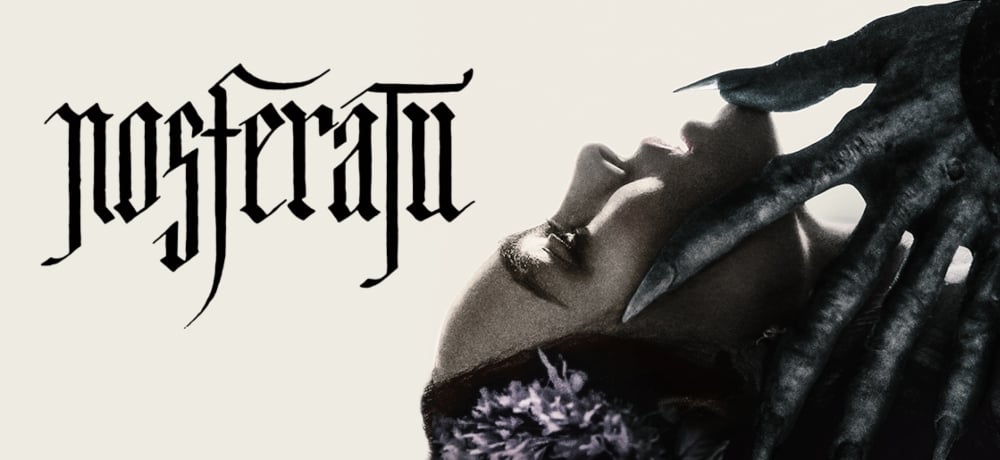Why Were Brazilians Outraged by This True Crime Series?


The Girl Who Killed Her Parents trilogy is classic true crime with a twist. The films tell the story of Manfred’s and Marísia’s von Richthofen murders through the perspectives of Suzane (the victims’ daughter), Daniel Cravinhos (Suzane’s boyfriend at the time), and Detective Helena.
When the film series was first announced, the backlash in Brazil was immediate. Even rumors about the convicted murderers, Suzane and Daniel, getting money from the film’s profits had to be clarified as fake. Immediately, this behavior caught my attention. Why was an audience so prone to consuming true crime—according to Spotify, true crime podcasts are amongst the top 3 most downloaded genres by Brazilians—so outraged?
So, I watched The Girl Who Killed Her Parents trilogy. The movies were fine. The performances were unpredictable, with some excellent scenes. The script was good, but the series writers Ilana Casoy and Raphael Montes did a better job on shows such as Good Morning, Verônica. Plus, the direction was irregular, with an uneven pace.
With that said, to my understanding, nothing in the films felt romanticized. Yes, Suzane and Daniel are shown to have an intense relationship, but much of The Girl Who Killed Her Parents trilogy is about their deeply troubled dynamic. We’re never invited to aspire to what they have, but rather to observe how someone might fall down the rabbit hole.
Also Read: ‘A Simple Plan’: Sam Raimi’s Underrated Crime Thriller [Video]
So, what led to such an intense response from Brazilians? To answer that we must look back in time and try to understand what true crime media is and why we interact with it the way we do.
Crime stories are not new. From penny dreadfuls in the 19th century to books, radio, and TV shows in the 20th century, it’s no surprise that in the internet age, this type of content has grown exponentially. Serial (2014 – Now), Making a Murder (2015), Dahmer – Monster: The Jeffrey Dahmer Story (2022), and countless other podcasts, documentaries, and fictional dramatizations have infiltrated streaming platforms. Despite criticism, most responses to content like this are positive. Look at Ryan Murphy’s Dahmer – Monster, extensively awarded for its performances and scripts.
This popularity is not exclusive to the USA where 34% of adults claim to have regularly listened to true crime podcasts in the past year, but it is also a phenomenon around the globe.
In Brazil, we have a long history with the genre. Shows such as Aqui Agora and Linha Direta, broadcasted between the early 1990s into the mid-2000s, have shaped much of what audiences understand of true crime. Linha Direta especially—which was rebooted in 2023—followed the classic “case of the week” format.
Also Read: Behold: The Top 10 Streaming True Crime Documentaries of 2023
Most of the cases shown were either closed or decades old, aiding in creating a sense of distance from the violence. However, some of the stories were ongoing. In cases like that, production would show a phone number at the end of the episode. That way anyone with information on that case could call in and assist with the investigation. This interactive format was a hit. It appealed to our natural human need to solve puzzles and mysteries, giving us the sense of having some control over random acts of violence.
However, the “case of the week” slowly faded in favor of a more sensationalistic style such as Cidade Alerta, a journalistic program that presents shocking images of bruised and mostly dead bodies.
The crimes approached in these shows are usually drug or gang-related, which aided in creating the image of a deeply violent country full of heartless criminals. With that implanted in people’s consciousness, much of the “detective-style” true crime Brazilians started to consume came from the USA, especially when cable TV had its big boom during the mid-2000s and into the 2010s.
Shows such as Medical Detectives and channels such as Investigation Discovery, became the go-to for audiences, only being eventually overruled by podcasts in the mid to late 2010s.
Also Read: This Tubi Documentary Exposes Catholicism’s Most Sickening Secrets
I believe that this kind of displacement created an interesting phenomenon. Much of US true crime relies on the tropes of the serial killer, who is typically a definitively dangerous white man who is somehow interesting enough for us to try and understand. This created in Brazilian audiences a sense of a “different kind of crime”.
The impression was that here we had violence born from economic, social, and political issues. But in places like the US, crime arose from singular perpetrators. That is, of course, not the truth, but this was how the media taught people to perceive their environment. That’s why when a crime such as the one committed against the von Richthofen happens, there’s so much outrage.
It is an undeniable fact that what was done to Manfred and Marísia was a cruel and senseless act of violence, guided solely by greed and resentment. It affected not only the couple but people around them, like Suzane’s younger brother, Andreas. However, it is not a stretch to say that the violence that was inflicted upon them is no different from the violence inflicted upon someone who is killed due to a drug dispute. The thing that separates them is how one is perceived as interpersonal violence, while the other is interpreted as social violence, meaning, just another casualty of the system.
I believe that it is due to this perception of what crime looks like in Brazil that there’s so much outrage about movies like The Girl Who Killed Her Parents. They dare to challenge such perception.
Also Read: Hack and Slash: Horror’s 7 Most Underrated Villains
It’s largely understood that Suzane was the one who planned the details of the murder, but that the executors were Daniel and Cristian Cravinhos. However, the way this case is presented in the media hyper-focuses on Suzane and all but erases Daniel and Cristian. Ironic headlines state how she was released for Mother’s Day celebrations or how she has a new boyfriend, with the implication she might be manipulating them into criminal activity. Just type her name on the search bar and endless sensationalistic reports pop up.
Compare that to the sympathetic “new beginning” headlines you get when you type Daniel Cravinhos, now preferring to be called Daniel Bento.
There is a clear distinction between how the woman and the men in this case are portrayed. While Daniel is allowed to move on, Suzane is fated to forever be the same person she was at her worst moment. This is in no way a claim that one person is more innocent or more guilty than the other. Instead, it provides a look at how the media affects our perceptions of why and what types of people commit crimes.
The reason why The Girl Who Killed Her Parents generates so much controversy is that it dares to approach the perpetrators of a crime committed in Brazil, the same way American media does. It moves violence from a systematic reality into something too close to home. People don’t know how to react when faced with the fact that they might know or have felt the same way as someone who committed such a cruel act of violence.
Categorized: Editorials





